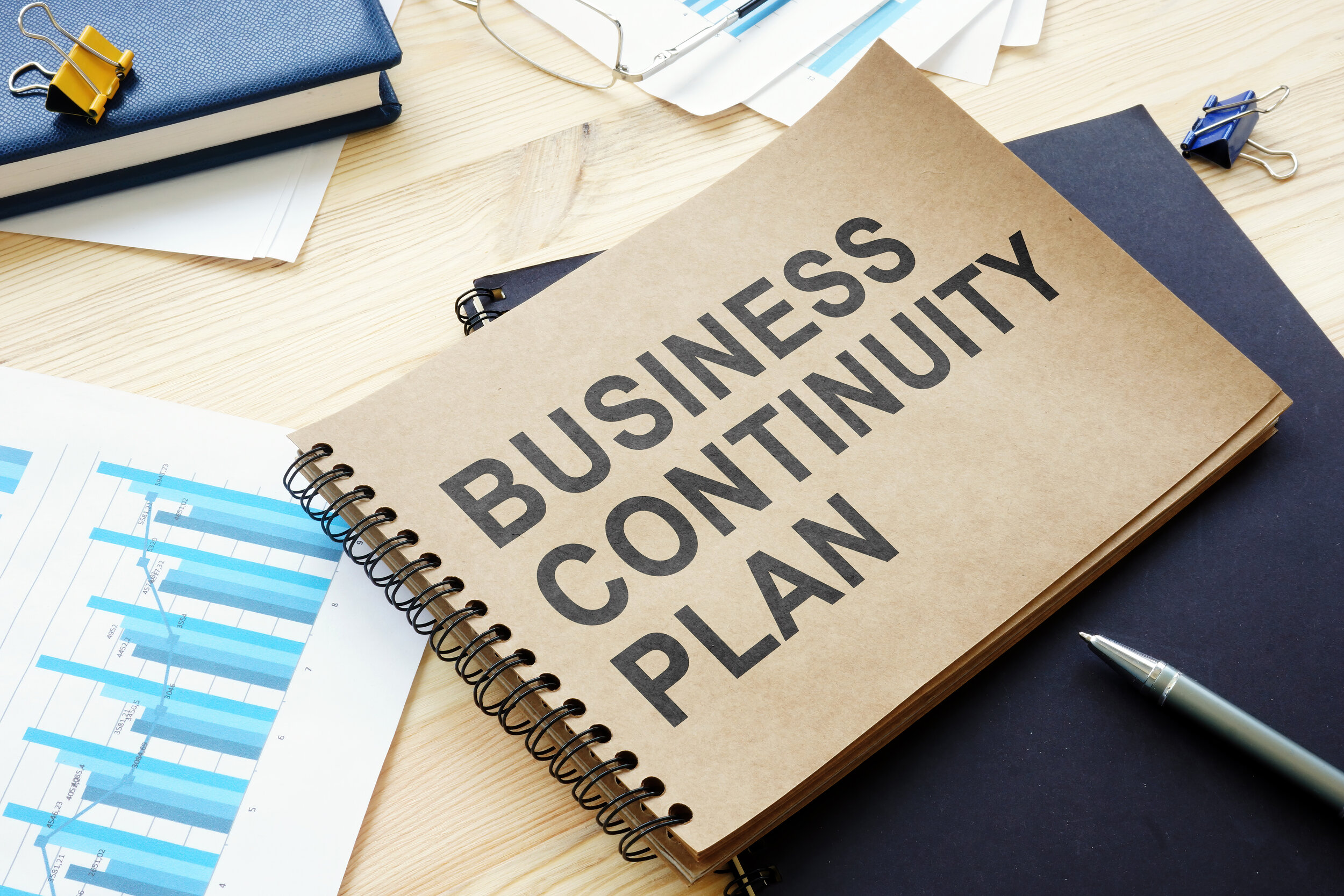Essential Tips: Business Continuity
COVID-19 has presented a healthcare situation, unlike anything we have faced in the modern, globally connected era. The crisis has had a significant impact on our daily lives, especially economically. Many businesses have already shuttered their doors and those who have not are starting to experience extraordinary adverse side effects.
However, there is a path forward. With many years of experience and governmental help from organizations like FEMA, anyone can create sophisticated business continuity and disaster recovery plans to mitigate disasters.
Checklist: 7 Essential Steps for Your Pandemic Disaster Recovery Plan
1. Appoint a dedicated recovery leadership chain. The adverse effects of chaos come from uncertainty and disorganization. Knowing who is in charge, aligns the organization on whom to follow when executing the plan—a central place to make decisions and resolve conflict. There needs to be a chain of succession in the event the primary leader is unavailable.
2. Strategize core functions. One of the first objectives is to determine the essential core functions the company must maintain to continue business operations. An in-depth analysis of what can temporarily shut down to keep the ship afloat is necessary to formulate the plan.
3. Plan for long term impact. Many businesses have shuttered their doors during the COVID-19 public health situation because they never prepared for long-term impacts to their business operations. Many did not even have the budget to survive for more than a few weeks, maybe a month. Determining your companies needs and then setting aside those resources is critical to future survival.
4. Focus on your team and community. An effective plan considers and accommodates the difficulties your employees, clients, and immediate community members are likely to face. Focusing on a virtual infrastructure, when possible, can help sustain operations when a shared physical space is temporarily unavailable.
5. Secure your remote infrastructure. Scammers, hackers, and other bad actors have taken advantage of COVID-19 to inflict harm on many organizations. Most organizations were entirely unprepared for deploying and managing a remote workforce. However, many companies have employed remote workforces for years. We can look towards those proven solutions to control and protect employees and data from anywhere.
6. Geographic Dispersion. Once your team has identified the core functionalities of business that must continue, there must be an analysis of the necessary infrastructure to support those operations. Once identified, that infrastructure should be dispersed geographically to ensure continuous operation during times of regional disasters.
7. Testing and analytics. After a plan has is complete, testing should commence. There should be a series of discussions and functional exercises, including tabletop planning, gaming, drills, function, and full-scale exercises. Data collection on the impact on business functions, employees, and clients should occur at each step and then subsequently modify the plan.
It is never too late to create a business continuity and disaster recovery plan.
COVID-19 has caused economic ruin for many, similar to a large-scale disaster. If you are surviving or even thriving, now is the perfect time to start planning for the next disaster that could disrupt your business.
Rook Advisors can help assist you in the process of planning and testing a Business Continuity and Disaster Recovery plan. Contact us today for a free consultation on what it would take to prepare your business for the next disaster.

